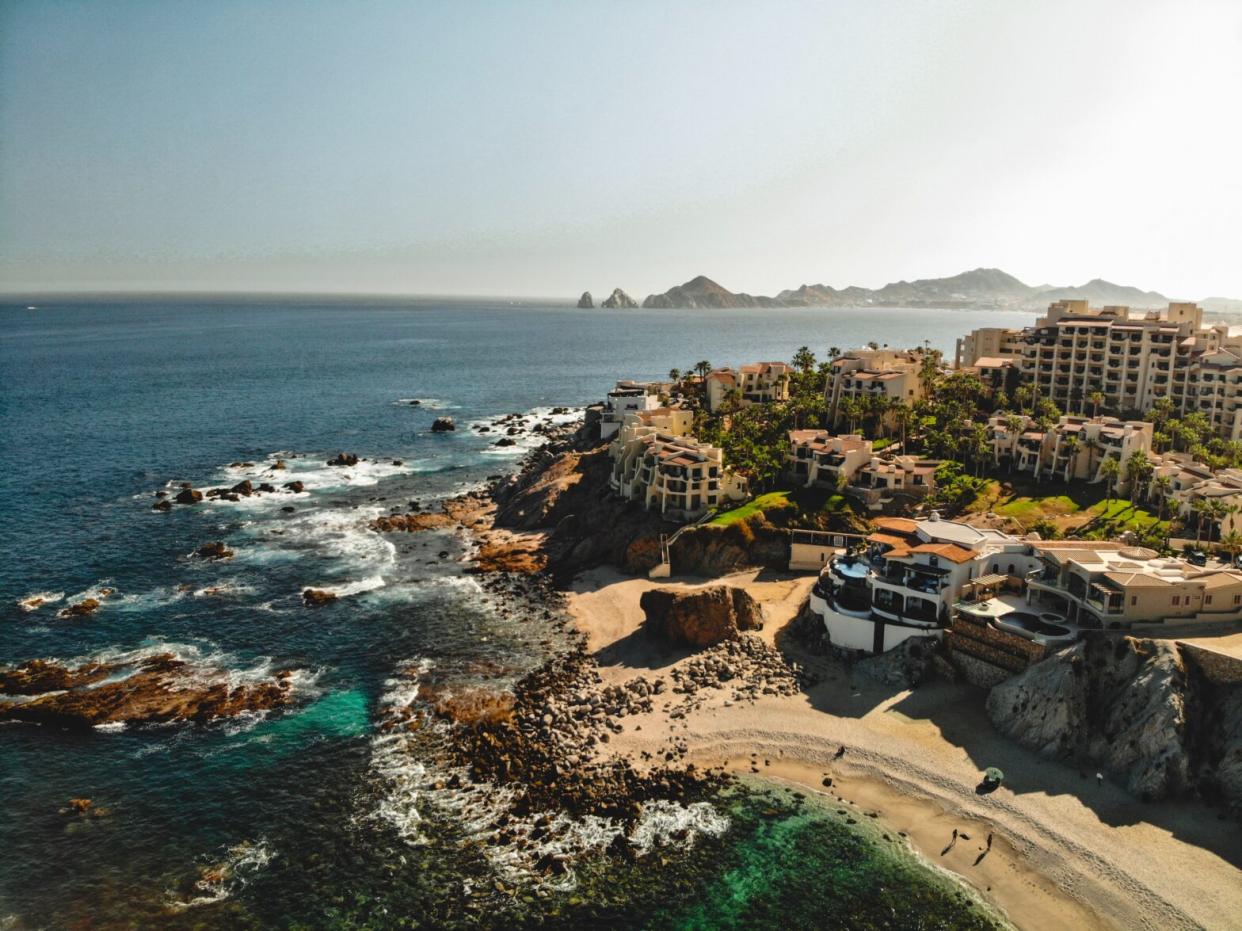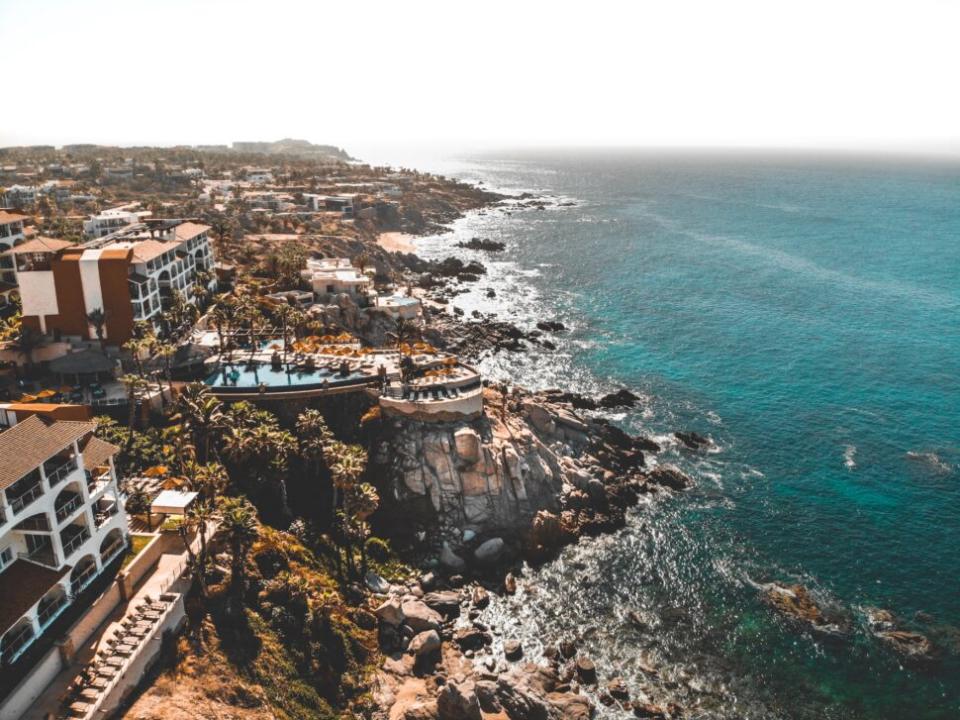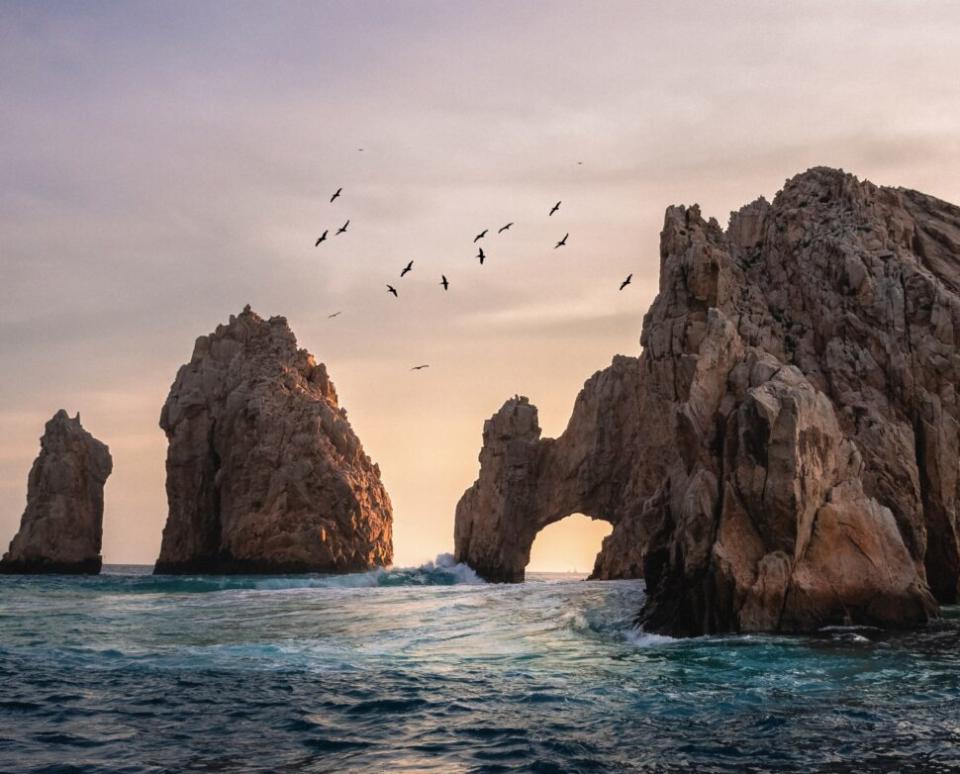Is Cabo San Lucas Safe To Travel To? Important Precautions and Tips

Cabo, San Lucas is a southern resort city of Mexico and a picturesque paradise. The city is located in Baja California Sur, which is a Mexican state that parallels the San Diego border. The peninsula extends down from California and is covered with gorgeous mountains. Cabo borders the Pacific Ocean and the Sea of Cortez, so the beach views are incredible. Playa Medano and Playa del Amor are the most popular shores due to their crystalline waters and are great places to visit while in Cabo. Most travelers are attracted to Cabo for its beautiful beaches and stunning rolling hills.
While the landscape offers great views to travelers, the Cabo locals keep people coming back to the city. Repeat visitors commonly express that Cabo is an extremely welcoming destination and locals are friendly with tourists. All of this makes Cabo an exciting vacation destination, but travelers still want to ensure their safety while traveling abroad. Here is the breakdown of Cabo’s safety level and offerings.
Is Cabo San Lucas Safe for Travelers?

Since Cabo San Lucas is a generally safe place to visit, tourists should exercise regular caution when visiting. As a metropolitan city, Cabo does experience some crime, but tourists seldom experience it or are targeted while vacationing. Tourism is so popular that officials have extensively invested in making it a haven for travelers. Tourists can explore Cabo free of concern for their safety all year round. Most travelers do not have any trouble while in Cabo San Lucas and it is also a great destination for solo travel.
Safety and Precautions
As a general rule of thumb, while traveling abroad, travelers should stay alert while out in either crowded or more remote areas. This practice helps minimize the chances of travelers being targeted or put into dangerous situations. Travelers should also avoid being out alone at night. Although English is commonly spoken in Cabo, it may be beneficial to learn the local language and learn a few common Spanish phrases. Being fluent in Spanish is not a requirement to enjoy a trip to Cabo but it may enrich the experience and help with navigating the area.
Swimming Safety on Cabo Beaches

Cabo’s beaches are known to have some strong waters that can be overwhelming with occasional strong undertow, riptides, and waves, Cabo San Lucas is a place even avid swimmers should be cautious about. While these places offer the safest beaches for tourists, travelers should still research which beaches are considered un-swimmable. Rip tides, which are powerful and quick water currents that move from the shore to the ocean, are the number one concern at some Cabo beaches. Cabo presents a unique challenge for swimmers and beachgoers because of the steep slopes that are present on some of its shores. Swimmers can get swept out to sea by rip tides and find it difficult to find their way back due to the combination of rip tides and sudden inclines on the shore.
Aquatic life is also a concern for those who consider themselves casual swimmers. The Baja California area is home to a diverse range of marine life, which can threaten the safety of travelers. Creatures like jellyfish, sea urchins, and even coral can lead to injuries while in shallow water. Swimmers should avoid shallow areas or wear protective gear to minimize the possibility of getting stung or pricked. Since not all Cabo beaches have lifeguards, travelers should stay alert and watch out for their safety so they can enjoy their beach visit to the fullest.
The best way for swimmers to protect themselves is to look for beach safety flags on site. Black flags signify the most dangerous conditions while red means danger. Yellow means travelers should exercise caution and green means the water is safe. Blue flags equate to the highest standard of cleanliness and swimming safety. Swimmers should stick to populated beaches or alert friends or family they are going for a swim.
Best Times To Visit Cabo
The best times to visit Cabo are centered around its weather conditions and what travelers think they can handle. The high season for Cabo is around wintertime, with temperatures around 80 degrees. Surprisingly, the off-season for Cabo is around summer and fall, even though it is the most affordable time to visit and the weather is perfect for tropical vacationing. Some travelers may find the weather conditions in the summer too overwhelming, with the average temperature being over 90 degrees. Fall in Cabo does not offer much relief with a temperature average of 92 degrees and lows of around 70 degrees in October. It is recommended that visitors come to Cabo sometime between May and June, which is ideal because winter crowds will have gone and the summer storms have not hit yet. Around November, the prices for accommodations increase, and the winter crowd trickles into the area.
For adventurous travelers, the best time to visit can vary. If interested in swimming or aquatic activities, the Pacific hurricane season runs from mid-May to November. This period is when the area will experience the most tropical storms. So, the late summer or fall is ideal for those who want to avoid dangerous water conditions.

